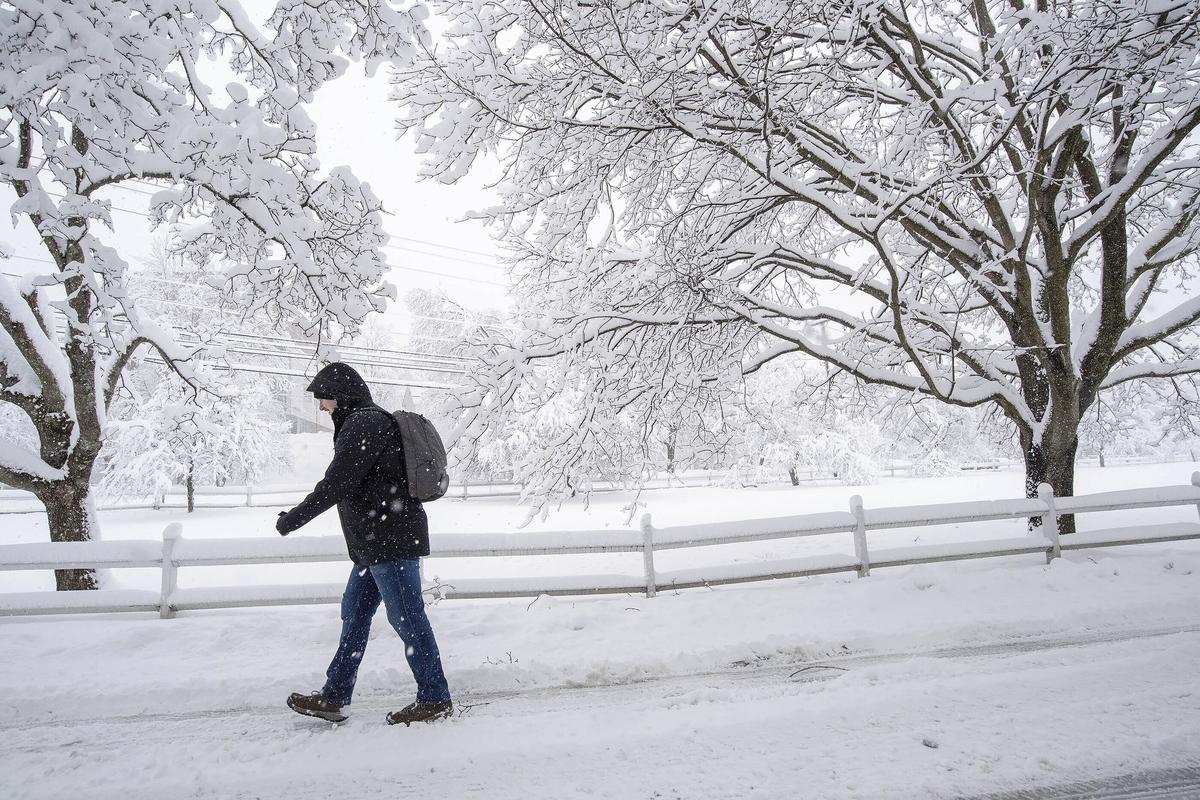Image generation using artificial intelligence has come a long way in recent years, with some truly impressive models emerging on the scene. OpenAI’s DALL-E 3, along with its counterparts Midjourney and Stable Diffusion, are among the best in the business. These models can create highly detailed images such as a penguin enjoying a vodka martini on the French Riviera with ease. In addition to that, they can quickly and accurately replicate images in the style of famous artists like Rembrandt or Caravaggio.
The secret behind their success lies in a group of physics-based algorithms known as diffusion models. These algorithms have become the gold standard in the field of AI image generation, and for good reason. They are capable of producing highly accurate results while requiring less training data than other methods.
However, this may not always be the case. A team of researchers at MIT has been working on developing new algorithms that draw inspiration from nature to generate high-quality images faster and with less training data than diffusion models. By harnessing the power of nature’s laws, these new algorithms are pushing the boundaries of what is possible in AI image generation.
This innovative approach by the MIT team is paving the way for the next generation of image-generating AI models to excel in speed, accuracy, and efficiency. With their groundbreaking work, it is clear that AI image generation will continue to evolve and improve in the coming years.



